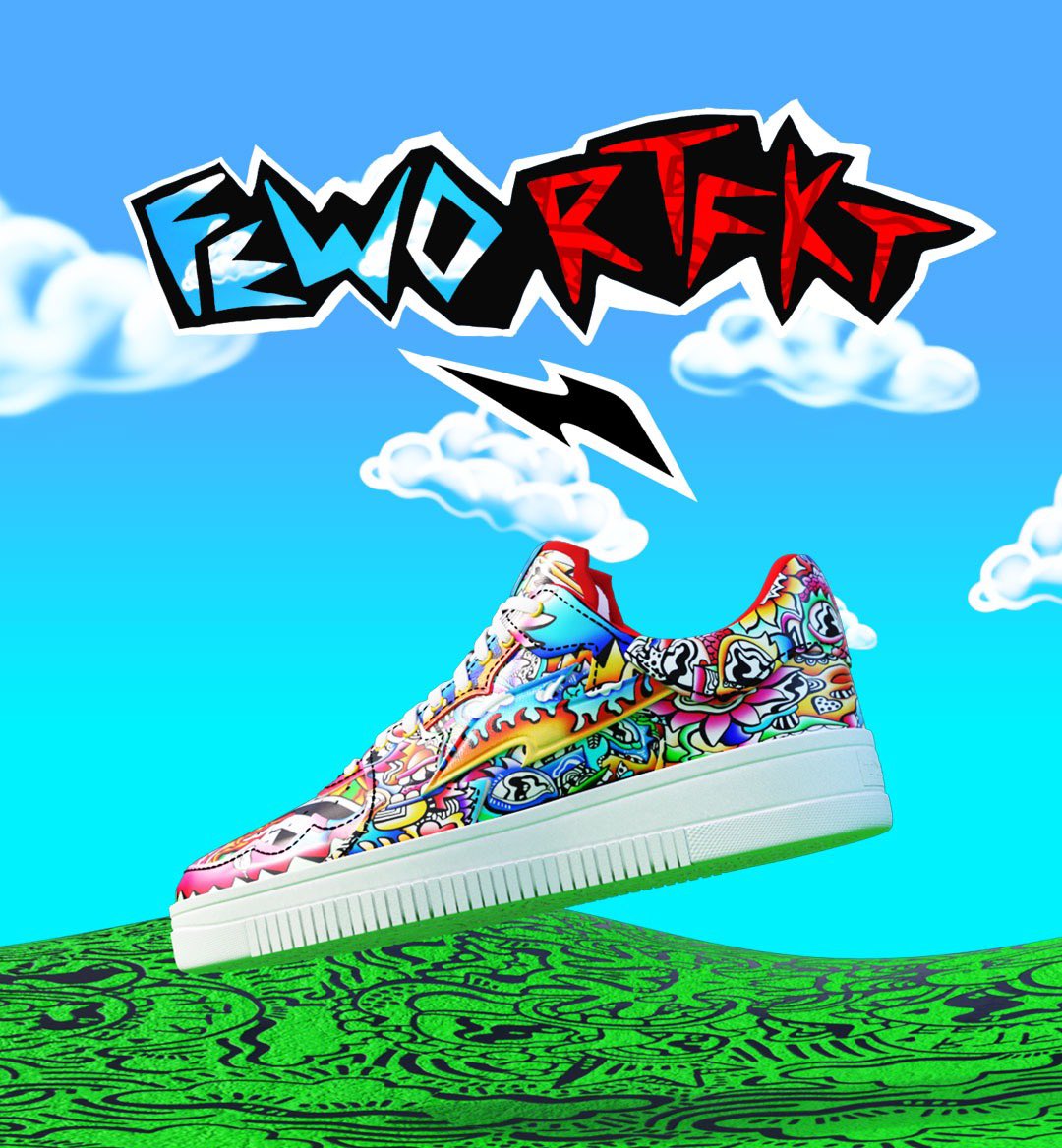Here’s what’s in the closet of the future. A few pairs of sneakers, obviously. Maybe a hoodie. A watch. And—why not?—a pair of metallic-looking pants. This being the future, none of
the clothes are real. Nonetheless, they cost $147,000.
This sounds like a joke, but the closet I’ve just described is available for purchase now, with the clothes taking the form of non-fungible tokens, or NFTs. You may have heard that NFTs are everywhere, a new asset class embraced by traditional auction houses and cryptocurrency disruptors alike. An artwork from Beeple sold for $69 million, a tweet from Jack Dorsey was “minted” as an NFT and went for $2.9 million, and Michael Jordan joined a group of investors sinking $305 million into the digital NBA marketplace Top Shot, which sells...the same highlights you can find on YouTube for free. NFTs are, for now, a big deal. But does fashion, a category so reliant on the things we physically wear, have a future in this space?
Benoit Pagotto, Chris Le, and Steven Vasilev all think so. In 2020, they founded Rtfkt, which is sort of like a sneaker brand, except its shoes exist only in a digital world. It has quickly become the most prominent seller of NFT sneakers. The trio started seriously working on the business after making Pagotta’s League of Legends character a custom pair of sneakers for the 2018 World Cup. Pagotto lost in the finals, but came away with something much more important. Everyone was asking him about the shoes. How could they get a pair? The three realized they had a proper business on their hands and started on work “to really create the brand of the future,” says Pagotto. A future where shoppers care more about their digital possessions than their physical ones.
A pair of Rtfkt’s all-digital sneakers
It’s not quite as crazy as it sounds. A recent drop with an artist named Fewocious featured three pairs of sneakers priced at $3,000, $5,000, and $10,000. In just seven minutes, users purchased $3.1 million worth of them.
On the surface, the virtual world feels like an inhospitable place for fashion, which is firmly rooted in the physical world: a T-shirt that fits just right, the nylon pants that swish-swish with each step, the sneakers you wear out to impress friends. But that hasn’t stopped brands from trying to turn digital fashion into a thing. Tribute makes high-tech looking glossy fashion it calls “cyber garments,” and which look like a hard-earned upgrade in a video game. Overpriced focuses on hoodies—and, true to its name, sells them for $26,000. CryptoKickers is “designing footwear for the New World,” and has signed up former NBA player Wilson Chandler to be the face of . There are watches, too: from brands like Jacob & Co, which sold its first NFT piece at auction for $100,000, and Vault. Your digital closet is filling up quickly.
A sampling of Tribute's "cyber garments," applied like photo filters.
Courtesy of TributeThe rush on cyber garms has a lot to do with the broader popularity of NFTs. Proof of ownership is the central tenet of NFTs: each product comes with a unique identification number that tracks ownership indefinitely. “People are still not used to [the fact that] digital goods come with a certain price,” says Gala Marija Vrbanic, a co-founder of Tribute. “This is mostly because they can't touch or experience those pieces in the real world, so they don't feel like they own them. NFTs have managed to succeed in giving the people this ownership feeling.” (This structure behooves creators, too, who receive a percentage of each subsequent sale of an NFT—meaning when one of Rtfkt’s sneakers resell, the brand gets 10% of the revenue.)

